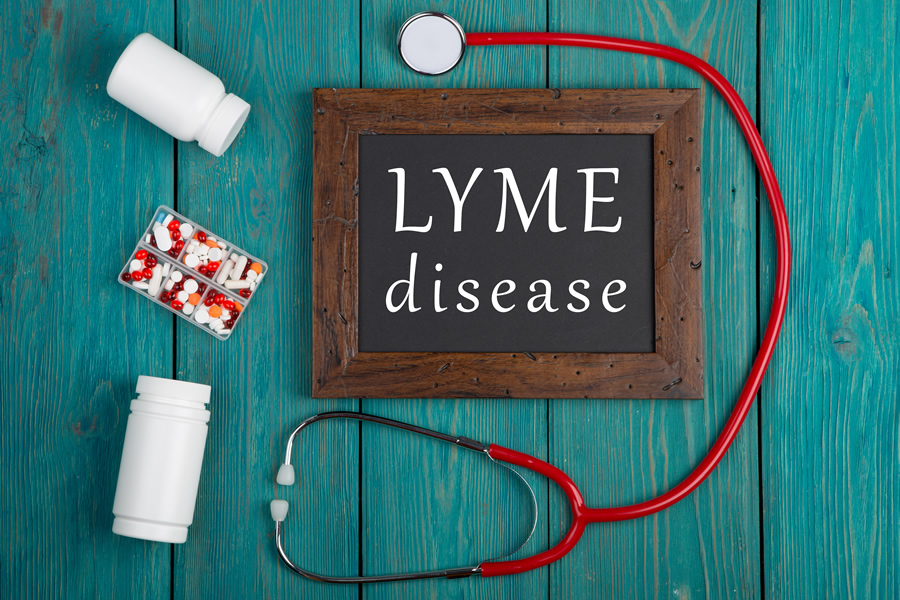Lyme disease is a bacterial infection that is acquired from the bite of an infected black-legged (deer) tick. Many people who become infected with Lyme disease do not recall a tick bite. CDC surveillance case data documents that ~30% of confirmed cases lack a reported rash. Early Lyme disease may present as a “summertime flu,” producing fever, fatigue, muscle or joint pain and headache with or without the EM rash.
“Lyme and tick-borne diseases are a scary increasing national epidemic which are becoming more prevalent. Most people are familiar with Lyme, but many ticks are carrying more diseases than just Lyme, these diseases can just as easily be transmitted to people.”
Black legged ticks often carry multiple bacteria, viruses and parasites that can be transmitted individually or along with Lyme disease bacteria. Potential infections include babesiosis, anaplasmosis, ehrlichiosis, bartonella, and others.
Cases of babesiosis, which can also cause flulike symptoms, have more than doubled in some of the Northeastern States between 2011-2019. You can be infected with both Lyme and other infections such as babesiosis at the same time.
Although many people with babesiosis are asymptomatic others develop flulike symptoms including fevers, chills, sweats, and muscle aches. The disease can be severe or even fatal in people who have compromised immune systems or other risk factors.
Babesiosis is caused by parasites that typically make themselves at home in mice and other rodents. Poppy-seed-size blacklegged ticks, which are also known as deer ticks can spread Lyme and babesiosis to humans after feeding on infected mice.
Diagnosis for both Lyme and babesiosis is often a clinical diagnosis based on a person’s exposure to ticks, their symptoms, and their physical examination findings. There are people that have tested negative for Lyme and/or co-infections for several years only to find out when they get more accurate testing that they are indeed positive.
If you have unusual symptoms this spring or summer as stated above even though you have no bulls-eye rash or never saw a tick and it may seem like just a cold or the flu, contact your health care provider for a Lyme and co-infection test.

